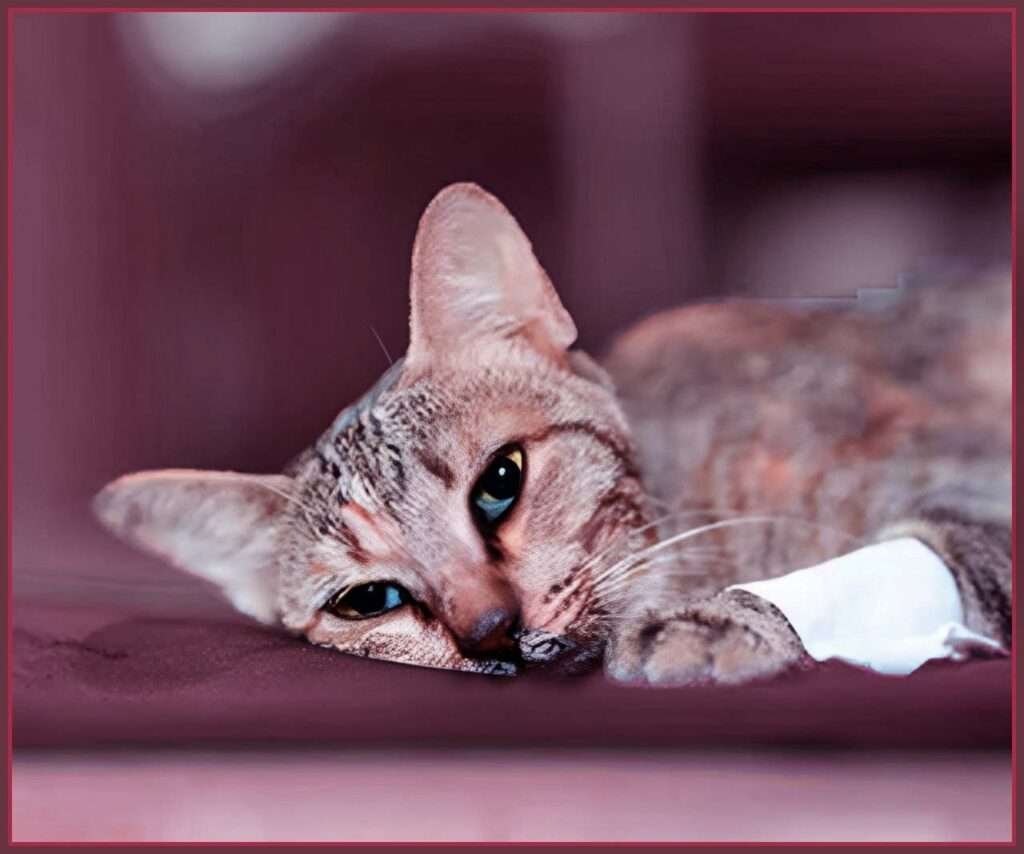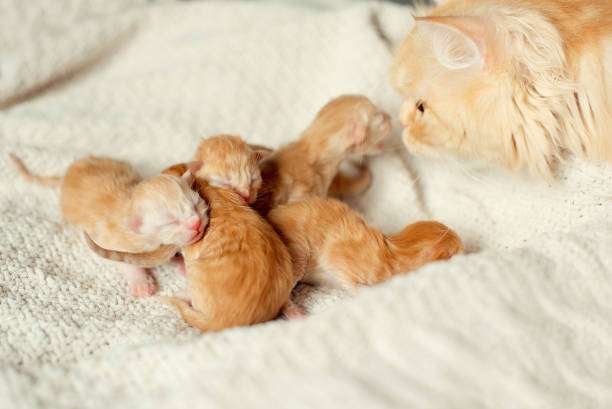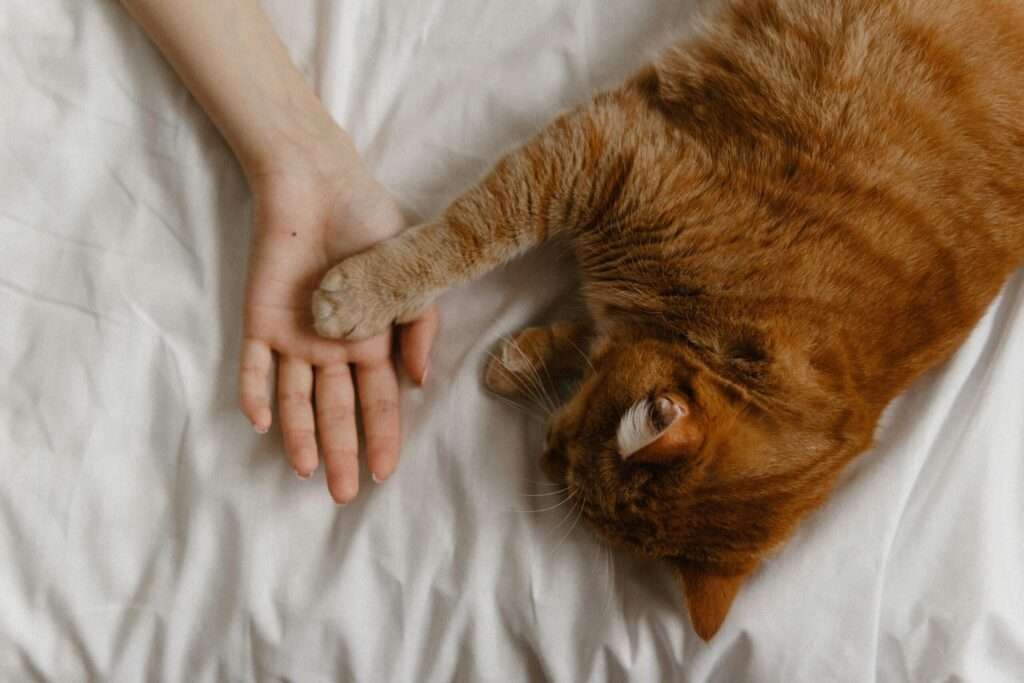Table of Contents
ToggleWhy is fast treatment crucial?
Like human flu, cat flu can cause complications like pneumonia when the virus damages the delicate lining of the nose and airways, allowing bacterial infection to enter. Therefore, it is important to contact a veterinarian immediately if you suspect your cat has the flu, as prompt treatment can be life-saving. Without treatment, this condition can unfortunately be transient in your cat. Sometimes they can also develop chronic rhinitis, resulting in a persistent runny nose.
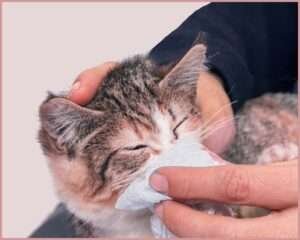
Symptoms of cat flu
It can take as long as two weeks for signs of flu to appear. When it does, it can cause:
- runny eyes and nose
- sore throat
- mouth ulcers
- dribbling
- sneezing
- loss of voice
- cat fever
If your cat is exhibiting signs of flu, reach out to your veterinarian for guidance. This is especially vital if your kitten is displaying symptoms.
Can your cat bring more infections?
Cat flu is typically brought on by:
- calcivirus
- herpes
- bordetella bronchiseptica
- chlamydophila felis
Cat flu is primarily caused by a variety of pathogens, including calicivirus, herpes, bordetella bronchiseptica, and chlamydophila felis.
How might your cat get infected?
After infection, many cats become carriers, meaning they show no symptoms but can still infect others. Some carrier cats may experience occasional runny eyes or nose for a few days. Flu recurrences can occur after stressful events, like vet visits or the introduction of a new cat to the household. Others may develop chronic rhinitis, characterized by a lifelong thick, runny nose, due to damage to the nasal lining, leading to recurrent bacterial infections that antibiotics may only temporarily alleviate.
Cat flu treatment
Your vet may prescribe antibiotics if symptoms are severe, but they are not always needed. You will also be given guidance on how to care for your pet at home.
Diagnosis to identify which type of cat flu they have may be made by taking swabs and looking for the virus but, in most pet cats, this is not necessary as there’s no specific treatment.
If a cat is very poorly and unable to eat, hospitalization may be necessary.

Vaccine
Preventative treatment is best and a vaccine is available from your vet.
Two doses of vaccine are needed initially, followed by regular boosters.
It’s particularly important to remember that your cat will need to be fully up to date with vaccinations if they will be going to a boarding cattery when you are on holiday.
While no vaccine offers complete protection, vaccinating your cat is still worthwhile as it’s the best preventive measure available. Vaccination may also help lessen symptoms if your cat does become infected. Additionally, it’s crucial to understand that even vaccinated cats can still become carriers and transmit the virus to other cats without showing any symptoms themselves. However, it’s important to note that the vaccine cannot prevent symptoms from developing if the cat already has cat flu.
Lubricants and eye drops
Depending on which virus has caused the cat flu and your cat’s general level of health, there is a risk of long-term damage to the eyes. Eye ulcers are often found and, particularly in kittens, can progress to cause serious damage, and even lead to the loss of an eye. Treatments such as lubricants may be prescribed to treat sore eyes. We have some great advice on how to give your cat eye drops. If your cat or kitten has sore looking eyes or they are partially closed, seek immediate veterinary attention. Following infection, many cats are left as carriers, which means they do not have any symptoms but can potentially infect others. Some carrier cats occasionally have a runny eye or nose for a few days. Recurrences of flu can follow stressful events, such as a visit to the vet or the arrival of a new cat in the house. Others are unlucky and are left with a permanent, lifelong, thick, runny nose, or ‘chronic rhinitis’ (inflammation of the nose lining). This happens because the delicate nasal lining has been damaged, allowing repeated bacterial infections for which antibiotics may provide only temporary relief.
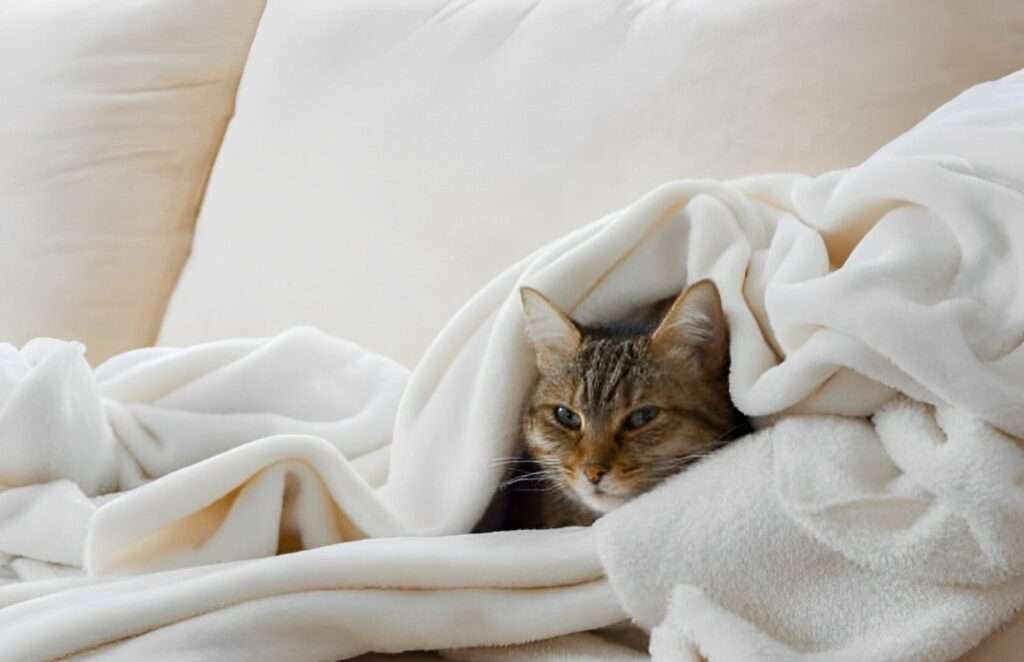
Cat flu Recovery
you can prevent cat flu through vaccines, but it’s essential to help your cat recover from any discomfort
Encouraging Your Cat’s to Eat
he effect of the cold virus can mean cats lose their appetite and stop eating proper nourishment is vital to overcome a virus since him to management and strengthening the immune system or the only treatment options. due to nasal congestion the cat can have difficulty in noticing sense and flavors to providing food that has been warm slightly can create an odor which is more appetizing. you can also provide food with a stronger natural aroma such as fish. you can also add brought through their usual food which will soften dry kibble and give us more flavor. this makes it easier to ingest and digest if you notice it is difficult for the cat to swallowed you to throat irritation you recommend that you mash their food and abroad safe for cats to aid swallowing. if they still do eat on their own you should bring the food closer to their nose you can even open their mouth a little and make them taste the food to encourage eating. another way to encourage eating is to spread food on their front paw since they are very hygienic the cat will want to lick it off. you can even spread a little honey both the weather appetite and to provide extra energy in addition to the above you should provide plenty of freshwater since this viral process easily causes dehydration
Why is hydration and nutrition necessary during cat flu?
Cat flu can cause dehydration because cats may eat and drink less due to loss of smell and taste. To ensure they are hydrated and well-fed, consider adding easily digestible and strongly flavored foods to their diet. Some examples include sardines, pilchards, roast chicken and tuna. Encouraging your cat to drink water also helps loosen catarrh (mucus build-up in the nose and throat). Cats unable to eat may require hospitalization for treatment.
How can you care your cat during cat flu?
In most cases, your veterinarian will advise you to care for your pet at home.
reduce stress
Reducing stress is extremely important as it can exacerbate your cat’s illness. Therefore, it is essential to maintain a stress-free environment for your cat. Watch for signs of stress in your cat and learn how to alleviate them.
Make sure the keep hygiene and cleaning eye and nose:
Regularly wiping your cat’s nose and eyes can:
- Improve your cat’s comfort
- Aids in their ability to smell food
- Facilitates easy breathing
- Use a cotton wool pad soaked in warm water to wipe the discharge from the nose and eyes.
Helping your cat breathe better
Steam can help loosen mucus in the airways, so allowing your cat in the bathroom during a bath or shower can improve their breathing. However, be alert for signs of stress and remove your cat from the room if it becomes agitated.
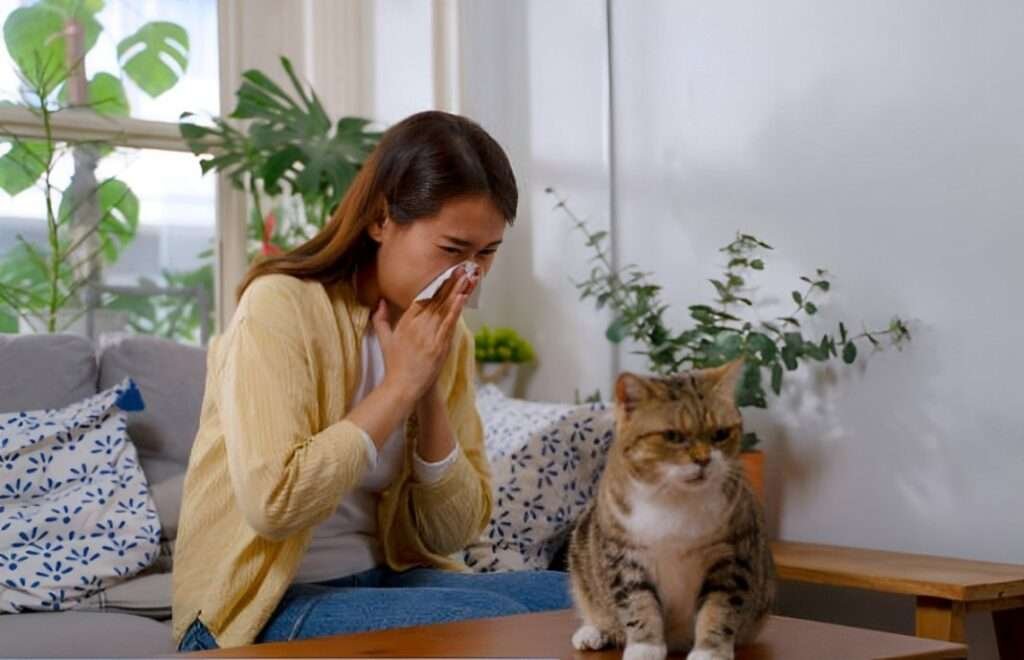
Cat flu carrier in home
Once infected, cats shed virus particles in their saliva and discharge from their nose and eyes. These particles can survive in their environment for a week or more, meaning that a cat does not need to be in direct contact with another cat to catch the illness. Cat flu can easily be spread through contact with infected feed bowls or toys, or on human clothing after touching an infected cat.
Is your Kitten are safe from mama cat?
Mama cats pass on their primary immunity to their kittens, which declines over time. Later, the kitten may catch cat flu instead. Also, a mother cat can pass the virus to her offspring without any signs of illness if her cat gets the flu. Therefore, it is not uncommon for kittens to show flu symptoms or even be carriers without showing any symptoms.
Do cats suffer from any long-term damage of cat flu?
Most cats who contract cat flu usually recover without long-term effects on their health. However, the most common problem after an episode of illness is the possibility that your cat is a carrier of the virus. Unfortunately, there is usually no way to detect or prevent this, but it does mean that they can potentially transmit the infection to other animals.
Your cat may experience occasional recurrences of illness during periods of stress. Additionally, some cats can develop chronic rhinitis, which causes a constant runny nose.
In more severe cases, cats can suffer from chronic gingivitis, requiring medication and occasional tooth extractions. Another concern is damage to their eyes from ulcers, which can cause long-term vision impairment and require eye removal. Watch for signs such as pain, drooping or partially closed eyes, and if you notice these signs, go to the vet immediately.
In most cases, cats will recover within a few weeks. To ensure your cat returns to their healthy and happy self, it is recommended to seek initial guidance from a veterinarian.

